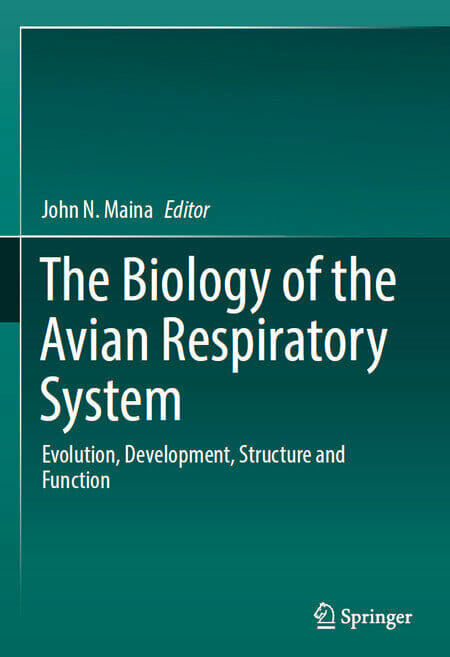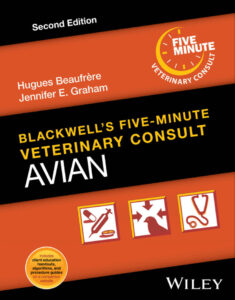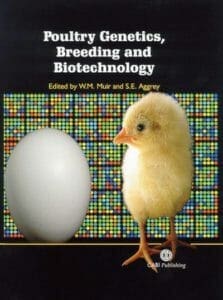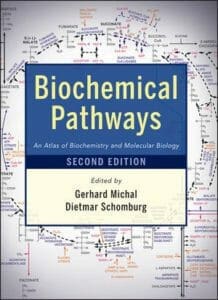The Biology of The Avian Respiratory System Evolution Development Structure and Function

The central focus of this book is the avian respiratory system. The authors explain why the respiratory system of modern birds is built the way it is and works the way that it does. Birds have been and continue to attract particular interest to biologists. The more birds are studied, the more it is appreciated that the existence of human-kind on earth very much depends directly and indirectly on the existence of birds. Regarding the avian respiratory system, published works are scattered in biological journals of fields like physiology, behavior, anatomy/morphology and ecology while others appear in as far afield as paleontology and geology. The contributors to this book are world-renowned experts in their various fields of study. Special attention is given to the evolution, the structure, the function and the development of the lung-air sac system. Readers will not only discover the origin of birds but will also learn how the respiratory system of theropod dinosaurs worked and may have transformed into the avian one. In addition, the work explores such aspects as swallowing mechanism in birds, the adaptations that have evolved for flight at extreme altitude and gas exchange in eggs. It is a highly informative and carefully presented work that provides cutting edge scientific insights for readers with an interest in the respiratory biology and the evolution of birds.
Read more: Avian Virology: Current Research and Future Trends
This Book is Available For Premium Members Only













![Ettinger’s Textbook of Veterinary Internal Medicine 9th Edition [PDF+Videos] Ettinger’s Textbook of Veterinary Internal Medicine 9th Edition [True PDF+Videos]](https://www.vet-ebooks.com/wp-content/uploads/2024/10/ettingers-textbook-of-veterinary-internal-medicine-9th-edition-100x70.jpg)

![Textbook of Veterinary Diagnostic Radiology 8th Edition [PDF+Videos+Quizzes] Thrall’s Textbook of Veterinary Diagnostic Radiology, 8th edition PDF](https://www.vet-ebooks.com/wp-content/uploads/2019/09/textbook-of-veterinary-diagnostic-radiology-8th-edition-100x70.jpg)






